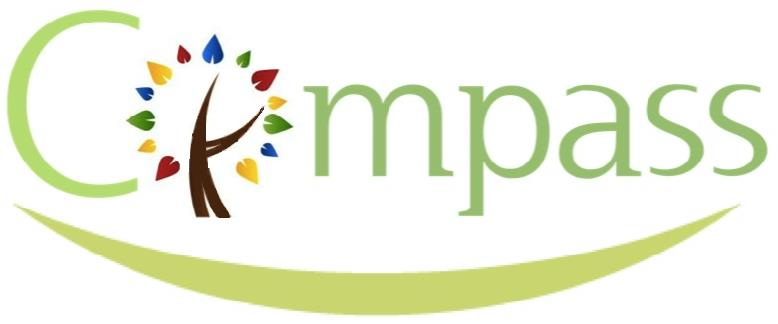What is at-home ABA therapy?
If you have a child with Autism Spectrum Disorder (ASD), then you likely know the importance and effectiveness of ABA therapy. At Compass Behavioral & Developmental Consultants LLC, we provide children with ASD the ABA therapy they need to help them learn life skills. In addition to offering our traditional center-based therapy, we also offer in-home ABA therapy as an available part of their therapy plan. If you’ve never heard of or implemented at-home therapy, keep reading for an explanation of what it is and how it works.
What is ABA therapy?
ABA stands for Applied Behavioral Analysis. ABA therapy has shown to be the most effective method to helping children with autism learn skills that will help them navigate their daily lives. The therapy is designed to identify skills the child needs or model behavior, then teach that skill or model the behavior with the help of reinforcement items. As he or she progresses, the child will learn how to engage in a particular skill or behavior without the encouragement of reinforcement.
How is at-home ABA therapy different?
When your child engages in ABA therapy, it will likely be done primarily in a clinical setting. While this is an effective setting to help your child learn the skills and behavior that is desired, it doesn’t always teach them how to use those skills or act outside of the center. At-home ABA therapy is an excellent way to help reinforce skills and behavior in a more practical environment so they don’t act one way at the center and another at home.
What are the benefits of at-home ABA therapy?
As previously mentioned, at-home ABA therapy allows your child to practice their skills and modeled behavior in a more natural environment than a clinical setting. Additionally, they can learn and practice more life skills that promote independent living. These skills can include personal hygiene, socializing, and even making a small meal. Furthermore, at-home therapy makes it easier for family members to see what the child is working on and how they can help with therapy.
Though it isn’t always the case, there are times when at-home ABA therapy produces better results as the child is more comfortable and willing to work with the rigors of therapy in the comfort of their home compared to the center.
Are there limitations with at-home ABA therapy?
While they aren’t necessarily considered limitations, at-home ABA therapy can provide different outcomes than therapy at a center. This is no fault of the therapist, child, or parents, it’s that the environments are simply different. The center is often much more structured and focused on the therapy itself. This can make a therapist more comfortable and thereby more productive.
Conversely, a parent might feel that the home is the best place for a child to do therapy as it’s where they spend most of their time and the skills are more practical in that environment. What’s more, a therapist might feel like they’re stepping on toes in the home and not assert the same level of confidence in therapy.
Get in touch for more information
Reach out to our team today to get more information about how Compass implements in-home ABA therapy for children who can benefit from it. Give us a call at 800-832-9419 then dial the appropriate extension to reach the center near you. You can also send us an email at info@compassaid.com or use our online contact form. We look forward to hearing from you and working with your child at one of our centers and in the home.






